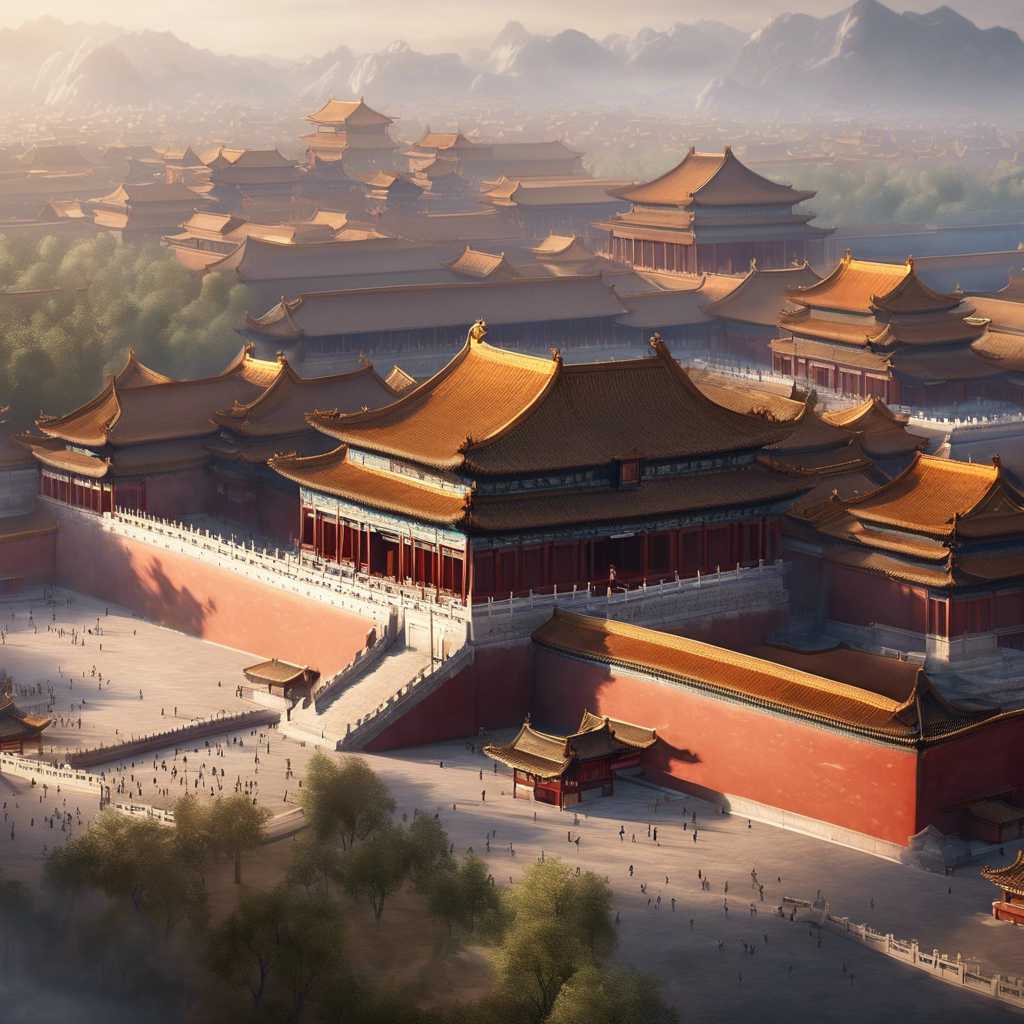Be careful about investing your hard-earned dollars in the latest Chinese five-year economic miracle. One should not confuse China’s latest economic growth — retail sales up 14.8 percent, industrial production up 7.3 percent and car production ahead 18 percent — with sustainable growth.
Now that the US consumer is de-leveraging and the global appetite for goods is declining, Chinese exports dropped 22.6 percent in April.
But this raises a question: How can China, a mainly export economy, continue to thrive when its exports are falling? The answer is that today’s China is a story of two competing economies: the real economy, producing goods and services for mostly external consumption, which is declining at a tremendous rate and the government-spending stimulated economy, which is currently expanding on steroids.
The latter one is clearly winning, for now. Here is why:
- The Chinese central bank has a significant advantage over ours. The Fed can print a lot of money — and it has — but there’s almost nothing it can do to speed our spending. The Fed cannot force corporations and consumers to spend. Since China isn’t a democracy, it doesn’t suffer the problems of the democracy.
- China’s communist government owns a large part of the money-creation and money-spending apparatus: Money supply therefore shot up 25.5 percent in March. Since it controls the banks, it forced them to lend.
- Finally, China can force government-owned corporate entities to borrow and spend. And the government itself can spend quickly — which is important when trying to build infrastructure. If the Chinese government decides to build a highway, it simply draws a straight line on the map. Any obstacle — like a hospital or a school — becomes a casualty of the greater good.
The Chinese government goes to great lengths to stimulate its economy because it doesn’t have the kind of social safety net one sees in the developed world, so it needs to keep its economy going at any cost.
Millions of people have migrated to its cities, and now they’re hungry and unemployed. People without food or work tend to riot; to keep that from happening, the government is more than willing to artificially stimulate the economy, in the hopes of buying time until the global system re-stabilizes.
This type of growth is simply not sustainable, as it comes from borrowing. Its quality is low — hundreds of billion-dollar decisions made on the fly don’t inspire a lot of confidence in their efficiency. It will result in a huge pile of bad debt — forced lending is bad lending. The list of negative consequences is very long, but the bottom line is simple — there is no miracle in Chinese miracle growth, and China will pay a price — the only question is when and how much.









0 comments